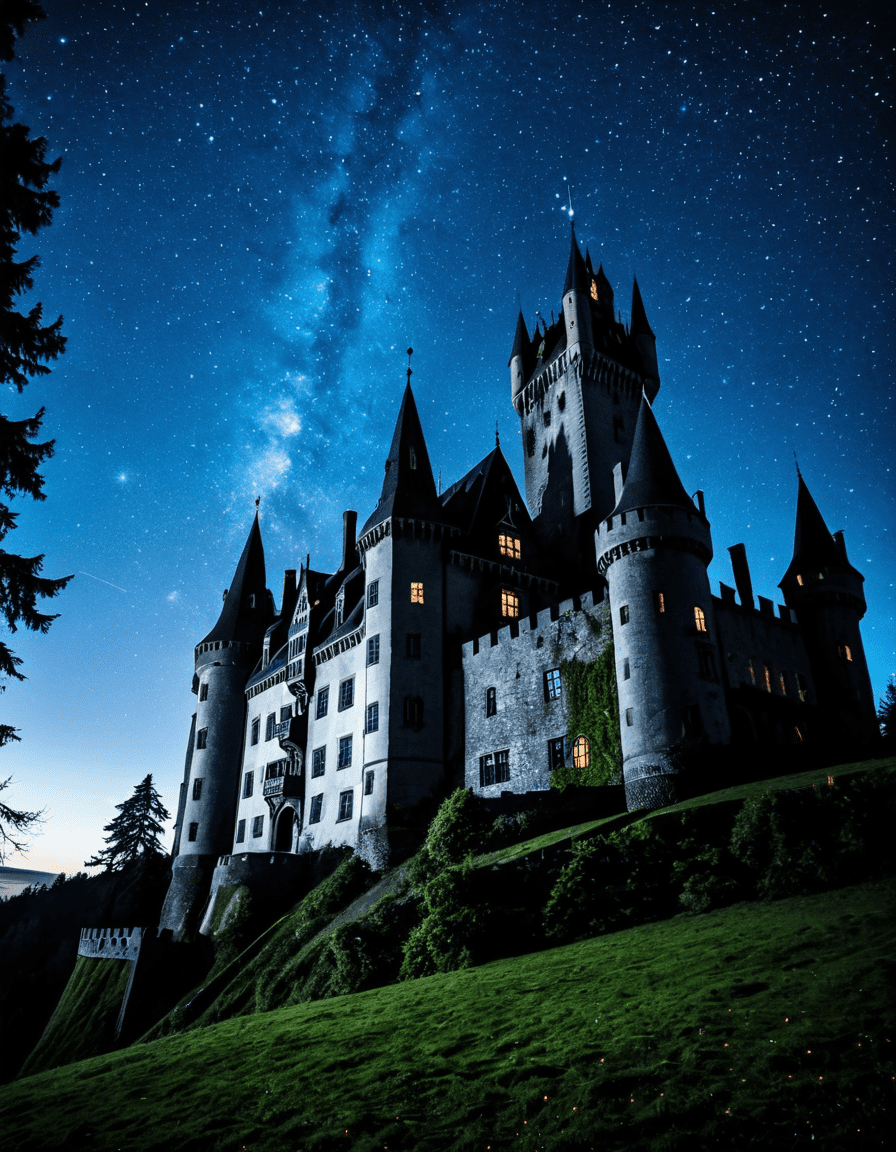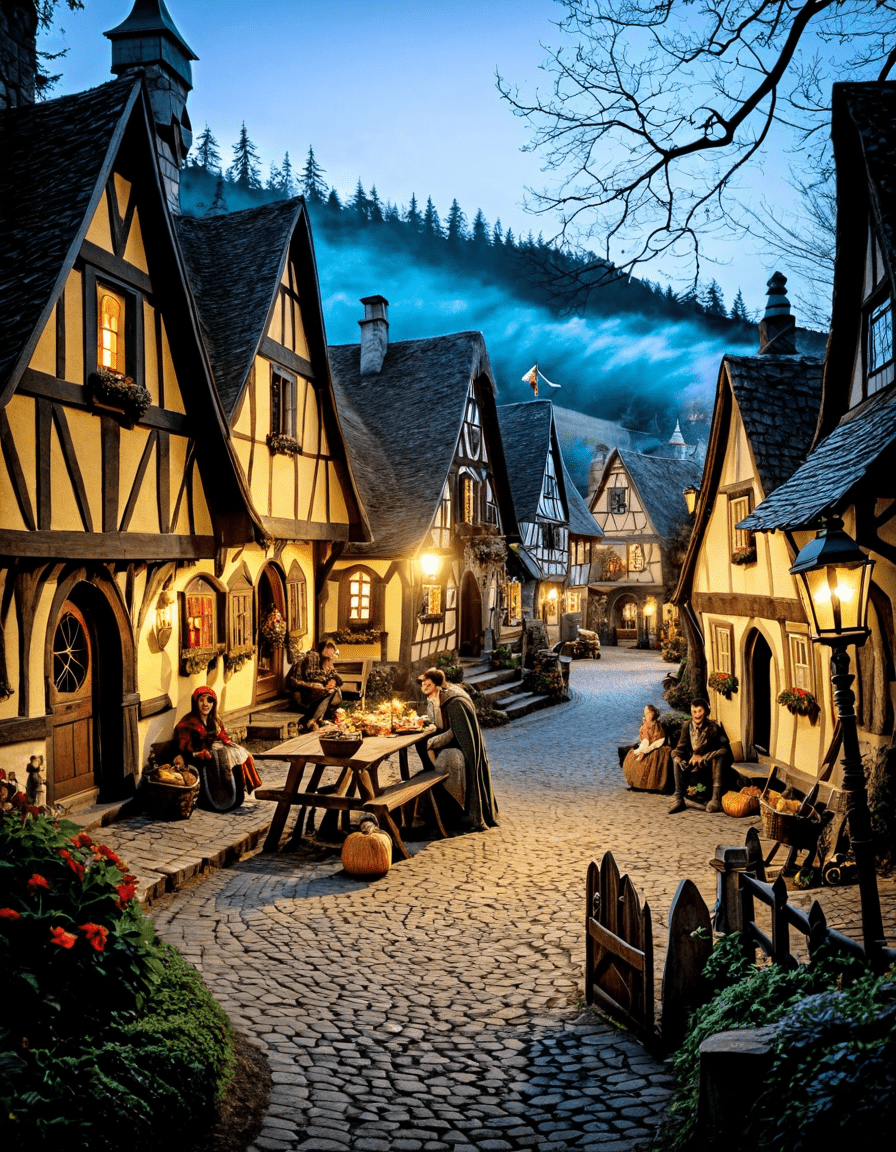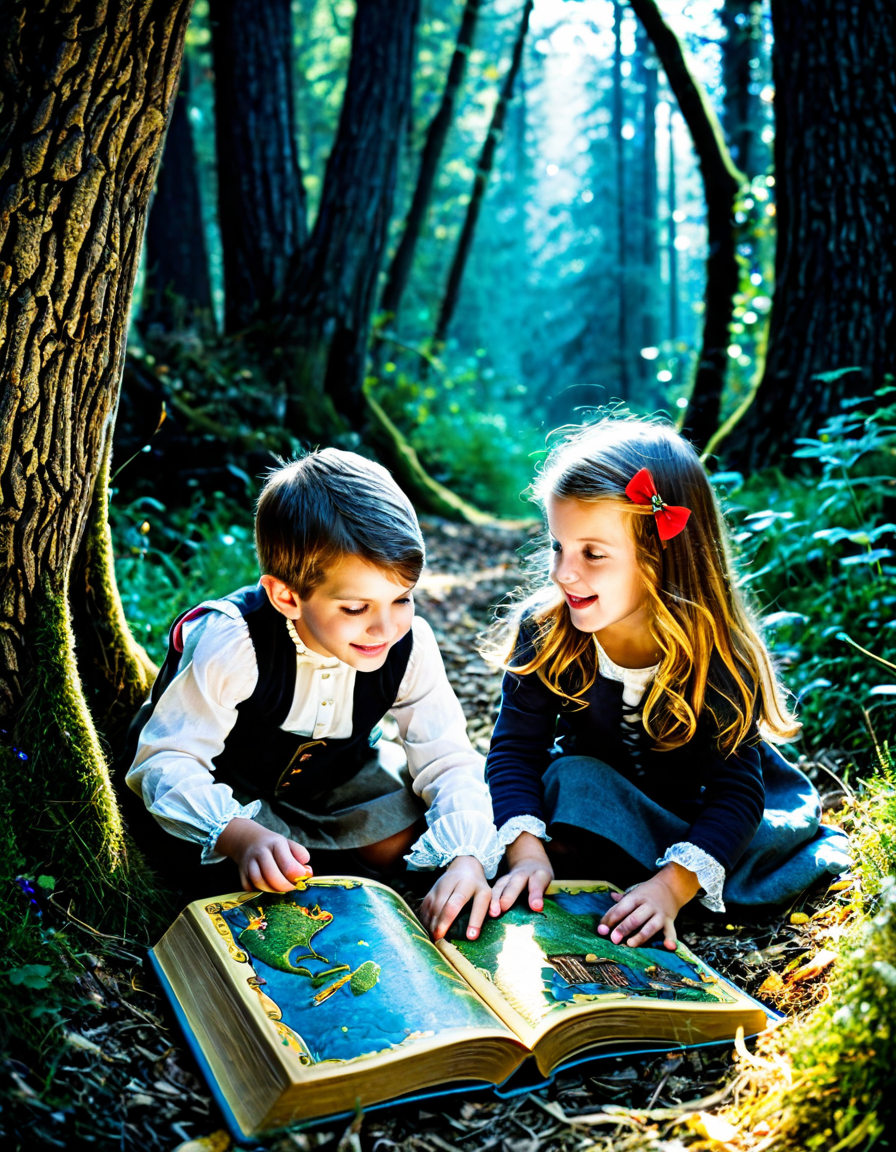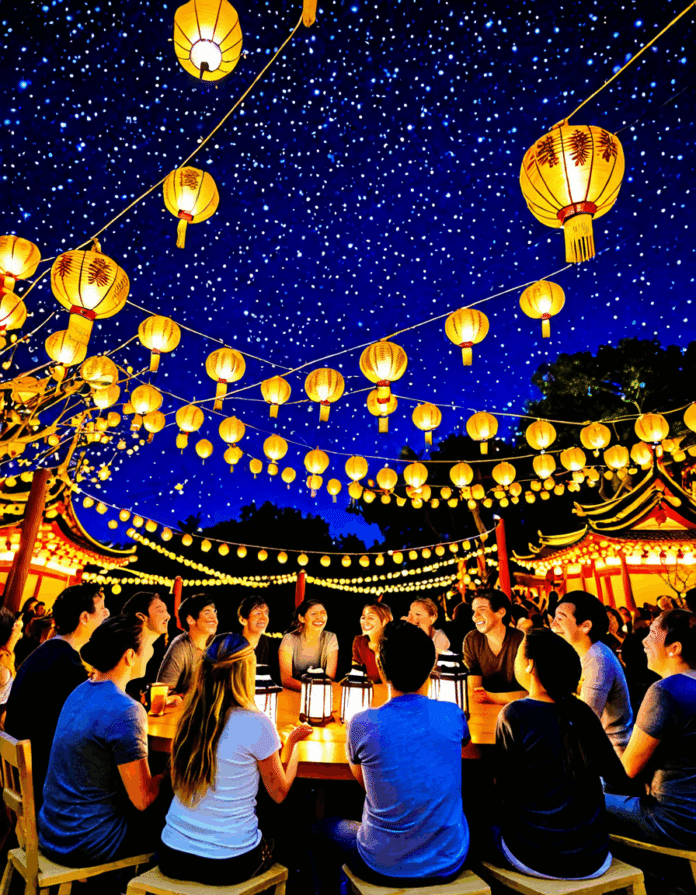The world of storytelling is deeply rooted in fairy tales, and none more so than the classic Grimm tales. These stories, which have enchanted audiences for centuries, deliver more than just whimsical adventures and mystical characters; they hold complex themes that have remarkably influenced modern cinema. From animated features in the realm of Disney to gripping dramas exploring human experiences, the Grimm fairy tales offer valuable lessons that resonate with today’s audience. Join us as we dive into the enduring legacy of Grimm and explore seven profound ways these tales have shaped modern storytelling.

7 Ways Grimm Fairy Tales Have Shaped Modern Storytelling
1. The Power of Morality Plays
The Grimm tales often serve as cautionary tales—powerful morality plays that highlight the consequences of virtue and vice. In “Hansel and Gretel,” themes of cleverness, bravery, and the dire consequences of greed resonate deeply. This core message has seeped into modern filmmaking, seen in heartfelt stories such as “The Pursuit of Happyness.” Here, personal struggles forge characters into symbols of ethical and moral growth, reflecting the timeless truths found in Grimm’s stories.
2. Archetypes and Character Development
Character archetypes introduced in Grimm tales like the innocent princess and the clever trickster are still in circulation. Take Disney’s “Zootopia,” which features Judy Hopps—the determined, innocent protagonist—and Nick Wilde—the wisecracking trickster. These characters exemplify the timeless nature of Grimm archetypes, making them familiar figures that audiences continue to root for. Character evolution in these modern retellings shows how Grimm has influenced not only children’s media but also narratives for adults.
3. The Fusion of Dark Themes with Whimsy
The contrast between dark elements and whimsy is a hallmark of Grimm tales, captivating audiences through unexpected juxtapositions. For instance, Guillermo del Toro’s “Pan’s Labyrinth” entwines fairy tale motifs with gothic horror, mirroring similar themes found in “Snow White.” The original tale explored jealousy and revenge in stark yet enchanting ways—a combination that continues to intrigue storytellers. This duality draws viewers into a rich tapestry of human emotions that transcends generations.
4. Cultural Adaptation and Reinterpretation
Adaptability is another pillar of the Grimm legacy, as these tales have been reimagined across various cultures. A notable example is the Japanese adaptation of “Snow White,” which recontextualizes the story by incorporating traditional aesthetics and narrative motifs from Japanese culture. This flexibility highlights how Grimm tales remain relevant, shedding light on universal themes that cross cultural boundaries. Whether grim or light-hearted, these narratives connect with audiences worldwide.
5. Narrative Structure and Pacing
One cannot overlook the straightforward narrative structure evident in most Grimm fairy tales. Their ability to convey profound messages within concise plots directly influences modern storytelling. Pixar’s “Up” showcases this ideal, swiftly developing characters and emotions in a limited timeline. Such effective pacing stems from the traditions established in Grimm’s tales, where morality and experience are conveyed swiftly and powerfully.
6. Exploration of Gender Roles
The Grimm tales frequently challenge societal norms regarding gender roles, presenting complex female characters. “Little Red Riding Hood” illustrates a compelling narrative where the grandmother ultimately takes charge, showcasing female empowerment. Fast forward to modern cinema, and we see characters like Wonder Woman, who defy patriarchal expectations while captaining their destinies. These portrayals reflect an ongoing dialogue around gender roles initiated by Grimm writers back in the day.
7. Transmedia Storytelling
Finally, the adaptability of Grimm tales into various media formats affirms their transmedia storytelling prowess. One exciting example is the Netflix series “Into the Woods,” which intertwines multiple Grimm narratives into a rich, expansive universe. This interconnection keeps audiences engaged and facilitates storytelling across different mediums, affirming the relevance of Grimm tales in an increasingly dispersed media landscape.

The Transformation of Folktales in Popular Culture
As we plunge deeper into this streaming era, the influence of Grimm fairy tales demonstrates their enduring complexity in popular culture. Modern adaptations—like “Once Upon a Time” or “Snow White and the Huntsman”—not only retell these age-old narratives but often explore darker interpretations that reflect prevailing societal issues. Audiences are captivated by stories that strip away layers of innocence to reveal the gritty realities we face today.
Moreover, the rise of graphic novels represents an innovative avenue for retelling stories inspired by Grimm. Jeff Lemire’s “Descender” is an exceptional example where fairy tale elements are artfully integrated into a rich sci-fi narrative. This blend of genres gives these classic stories a modern twist, keeping the spirit of Grimm alive while appealing to a contemporary audience. It shows that the universality of these narratives can spark fresh creative sources regardless of the format.
The Continued Relevance of Grimm Fairy Tales
At the heart of it all, the extraordinary legacy of Grimm fairy tales lies in their ability to resonate with a diverse audience. They are treasures that reflect the very essence of human nature, morality, and life’s complexities. Those themes are timeless and have continued relevance in a rapidly shifting world. As creators draw inspiration from these classic narratives and evolve them, we see how effectively they can mold and shape our collective imagination.
The cultural significance of Grimm tales is remarkable, transcending borders and media to become foundational narratives within the global storytelling landscape. By critically analyzing their influence on modern narratives—from nuanced character development to thematic depth—we appreciate the timeless truths and moral lessons embedded in these tales. So, whether you’re munching on a slice of pizza from Bambino ‘s Pizza or diving into a thriller like Hypnotic, you could be catching a glimpse of Grimm’s remarkable legacy at work.
As we revisit these stories from various angles, let’s hold onto the values these tales impart—making us not only better storytellers, but also more empathetic human beings in a world that desperately craves connection and understanding. The enchanting world of Grimm is alive and well, leading us into new realms of creativity year after year!
Grimm: Fun Trivia and Interesting Facts
The Rich Legacy of Grimm
The Brothers Grimm, Jacob and Wilhelm, had a knack for storytelling that captivated audiences across generations. Their fairy tales aren’t just bedtime stories; they’re cultural artifacts that give us a peek into history and human nature. Did you know that there are roughly 267,840 seconds in a month? Imagine all the storytelling that could happen in that time! One of their most famous tales, “Little Red Riding Hood,” was later reinterpreted in various media, showing just how adaptable these stories have become. Isn’t it fascinating how a simple narrative can be spun into countless different forms, like the vibe of a sketch interpreted through various art styles?
Beyond the classic tales, the Brothers Grimm also had a passion for collecting folklore. They traveled extensively, documenting stories from ordinary folk. One can’t help but wonder if they’d have dabbled in ai art, merging tradition with technology to create new interpretations of their stories. This quest for stories sometimes mimicked a journey through a red light district, uncovering hidden gems of culture that weren’t always seen in the limelight. Their dedication to preserving these tales played an essential role in shaping German literature.
Cultural Impact and Legacy
Grimm’s tales have inspired numerous adaptations in film, theater, and literature. You might be surprised to learn that Jack Black, who’s built quite the iconic persona, has also lent his voice to animated adaptations of these beloved stories. His charm adds a modern twist to age-old tales, making them accessible to new audiences. It’s interesting how these stories have evolved—much like the lighthearted concept of a bug that changes forms, every generation seems to put its spin on the narratives. This constant reinvention keeps the magic alive and invites fresh explorations, much like a good creep can send shivers down your spine but also make you ponder deeper meanings.
In essence, the Brothers Grimm’s legacy is a treasure trove of storytelling that’s alive and kicking. Their tales invite us to explore the core of human experience, echoing through time and showing the power of narrative. Just as a song can evoke a myriad of feelings, these stories sketch vivid pictures of our fears, hopes, and society. So the next time you dive into a Grimm fairy tale, remember that each page turned is a step deeper into a collective memory that enshrines wisdom and wonder for all ages.




